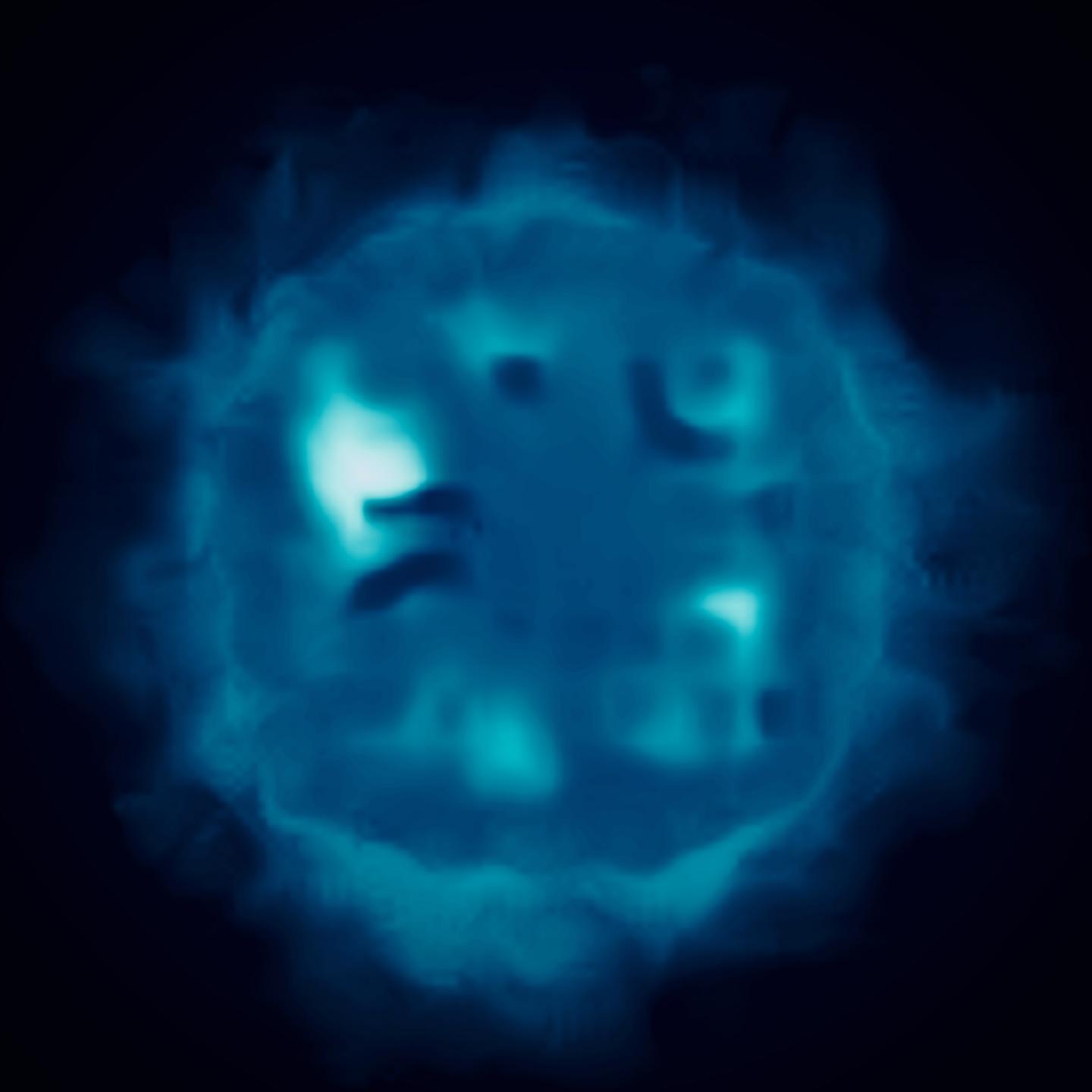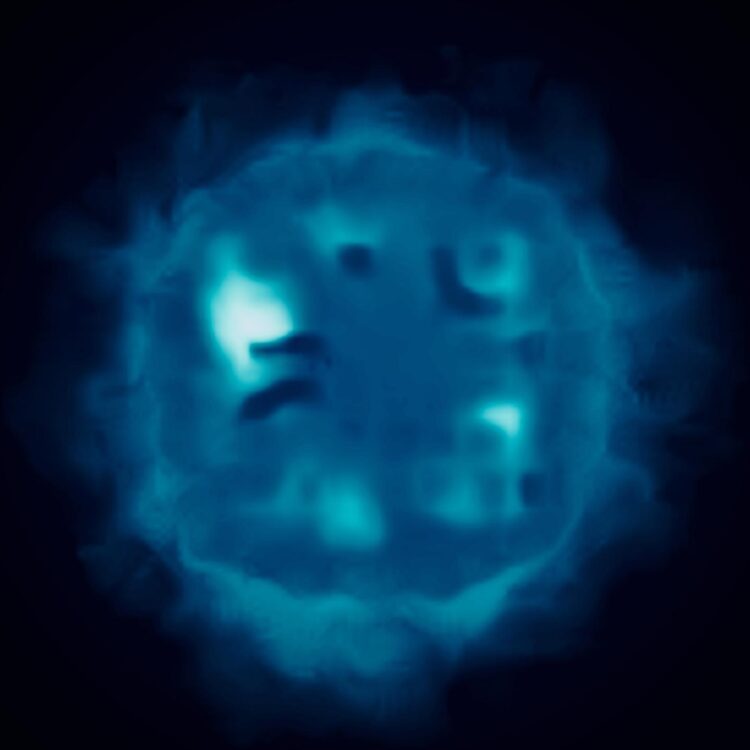
Credit: Credit: F. Rodríguez Montero.
The final stage of cataclysmic explosions of dying massive stars, called supernovae, could pack an up to six times bigger punch on the surrounding interstellar gas with the help of cosmic rays, according to a new study led by researchers at the University of Oxford. The work will be presented by PhD student Francisco Rodríguez Montero today (19 July) at the virtual National Astronomy Meeting (NAM 2021).
When supernovae explode, they emit light and billions of particles into space. While the light can freely reach us, particles become trapped in spiral loops by magnetic shockwaves generated during the explosions. Crossing back and forth through shock fronts, these particles are accelerated almost to the speed of light and, on escaping the supernovae, are thought to be the source of the mysterious form of radiation known as cosmic rays.
Due to their immense speed, cosmic rays experience strong relativistic effects, effectively losing less energy than regular matter and allowing them to travel great distances through a galaxy. Along the way, they affect the energy and structure of interstellar gas in their path and may play a crucial role in shutting down the formation of new stars in dense pockets of gas. However, to date, the influence of cosmic rays in galaxy evolution has not been well understood.
In the first high-resolution numerical study of its kind, the team ran simulations of the evolution of the shockwaves emanating from supernovae explosions over several million years. They found that cosmic rays can play a critical role in the final stages of a supernova’s evolution and its ability to inject energy into the galactic gas that surrounds it.
Rodríguez Montero explains: “Initially, the addition of cosmic rays does not appear to change how the explosion evolves. Nevertheless, when the supernova reaches the stage in which it cannot gain more momentum from the conversion of the supernova’s thermal energy to kinetic energy, we found that cosmic rays can give an extra push to the gas, allowing for the final momentum imparted to be up to 4-6 times higher than previously predicted.”
The results suggest that gas outflows driven from the interstellar medium into the surrounding tenuous gas, or circumgalactic medium, will be dramatically more massive than previously estimated.
Contrary to state-of-the-art theoretical arguments, the simulations also suggest that the extra push provided by cosmic rays is more significant when massive stars explode in low-density environments. This could facilitate the creation of super-bubbles powered by successive generations of supernovae, sweeping gas from the interstellar medium and venting it out of galactic discs.
Rodríguez Montero adds: “Our results are a first look at the extraordinary new insights that cosmic rays will provide to our understanding of the complex nature of galaxy formation.”
###
Media Contact
Robert Massey
[email protected]





